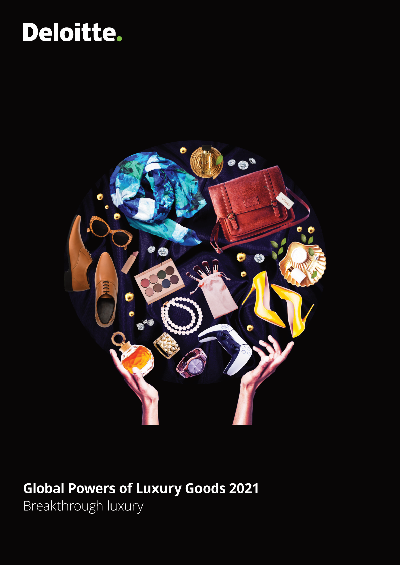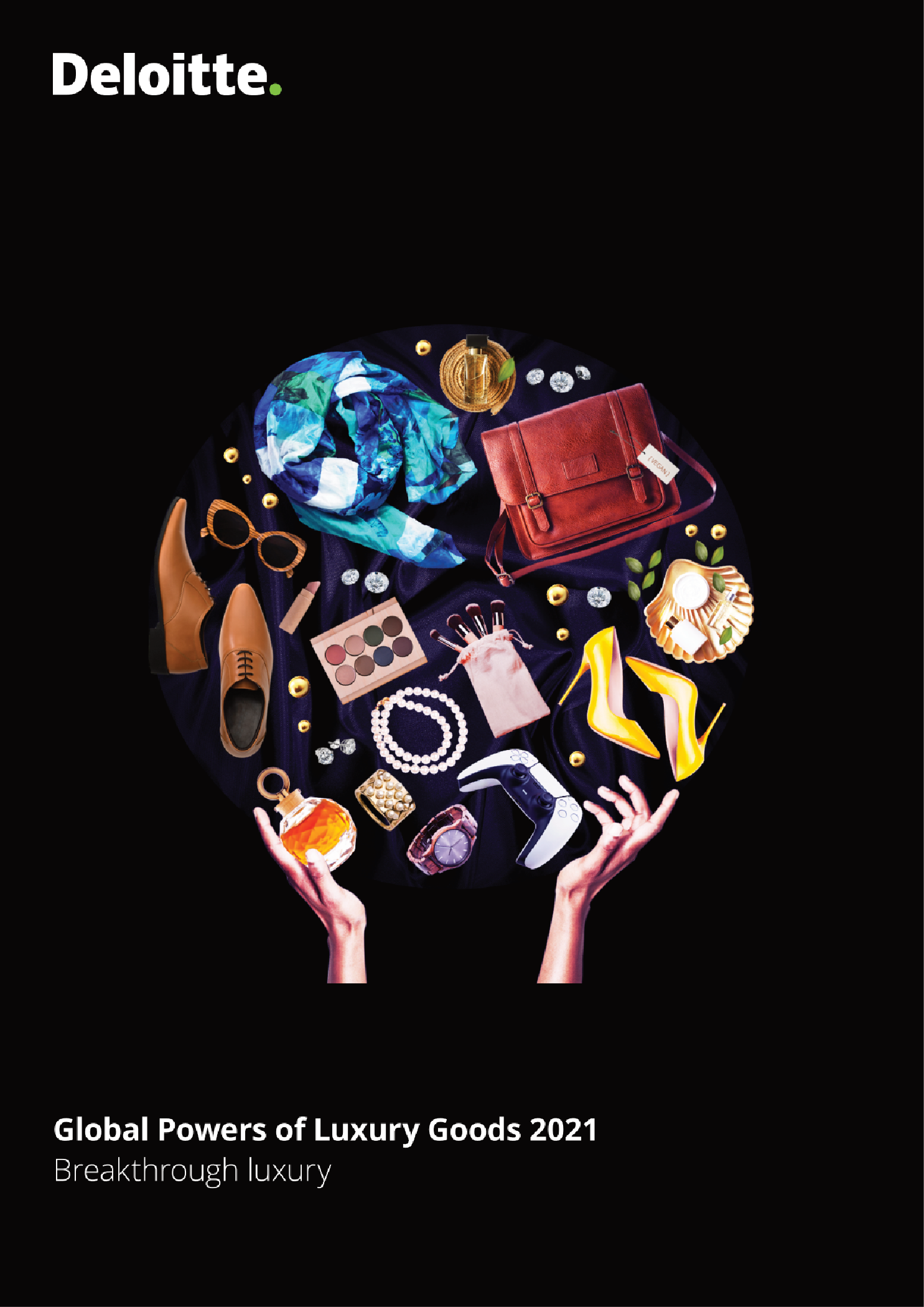



收藏
纠错
FY2020 proved to be a challengingyear and most luxury goods companies concentrated their efforts on managingtheir business through the pandemic. However, it was also a disruptive year in many positive ways and companiesimplemented genuine changes in their strategies. The commitment to a more environmentallyfriendly andinclusive fashion and luxury industry is real and there is increased focus on raising awareness among current andfuture consumers.
As many parts of the world are opening up and consumers are returning to physical stores and live events,digitalization continues to be important. We are now seeing how technological evolution is accelerating the creation of parallel dimensions—where even garments are made of pixels and the communication between thosewho make fashion, and their consumers is immediate and direct. Luxury e-commerce went pastthe tipping pointand became a vital part of the omnichannel distribution strategy for global luxury players. The report presents the Top 100 largest luxury goods companies globally, based on their consolidated luxurygoods sales in FY2020, which we define as financialyears ending within the 12 months from 1 ]anuary to 31December 2020. Over the past year, the luxury goods market proved resilient despite sales being hit by the COVID-19 pandemic.The worlds Top 100 luxury goods companies generated luxury goods revenues of us$252 bilion in FY2020, downfrom us$281 billion in the previous year. However, despite the drop in sales, more than half of the Top 100 wereprofitable, with 13 companies still reporting double-digit net profit margins. In FY2020, the importance of the leading luxury goods companies is clear: he 15 companies with luxury goodssales of more than us$5 billion contributed 639% of the total Top 100 luxury goods sales. Even during this period of change and uncertainty, the appeal of resilient high margin and high awareness luxurybrands with strong pricing power was reconfirmed—with strong M&.A activity for luxury brand growth, increasedcontrol of distribution channels and supply chains, and enhanced digital capability. Some countries performed betterthan others: French companies achieved an impressive composite net profitmargin, proving the strength of large luxury conglomerates in times of crises. we hope you find this report interesting and useful, and welcome your feedback.
